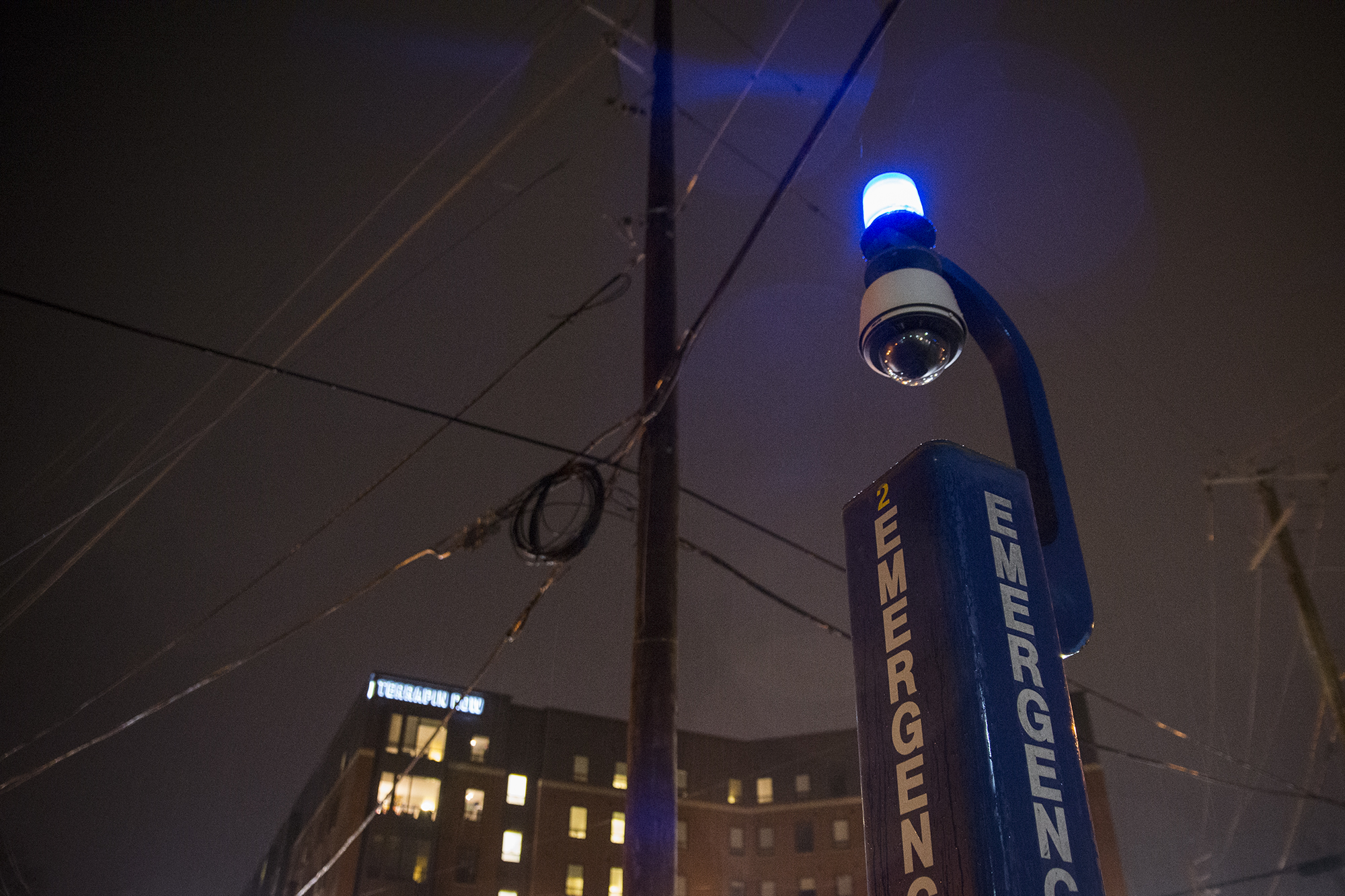For the past eight years, a University of Maryland energy research center has been studying small things with big impacts on people’s lives, and it is now seeking renewed funding from the Energy Department.
The Energy Department in 2009 awarded this university’s Nanostructures for Electrical Energy Storage Energy Frontier Research Center a five-year, $14 million grant for its four-pronged project focusing on energy storage effectiveness, battery degradation and how to increase battery efficiency. In 2014, this university was one of 22 centers that received a four-year renewal based on its achievements and the quality of its proposed research.
The current phase of this university’s research center ends in July 2018, said Elizabeth Lathrop, associate director for programs at the nanocenter. To receive another four years of funding, the center needs to craft proposals that are just as creative and relevant to the interests of the Energy Department as the studies the center has worked on in the past, nanocenter director Gary Rubloff said.
[Read more: A University of Maryland researcher helped create an app to measure cell phone security]
The Energy Department’s Office of Science has not officially released the solicitation and open competition for the next phase because of uncertainties in the department’s budget, Lathrop said, so the status of the nanocenter in the future is undetermined.
The NEES’ current phase will end in July 2018, but its third phase is “up in the air” because the energy department’s science office has not officially announced the next phase of the research center and the department’s budget remains uncertain, Lathrop wrote in an email.
The nanocenter studies how structures between tens and hundreds of nanometers can be used to improve the amount of energy that can be effectively stored in batteries. A sheet of paper, for example, is about 100,000 nanometers thick.
The center has worked in interdisciplinary teams with seven partner universities, including the University of Utah and Yale University, to improve energy storage. Current high-power batteries cannot store high amounts of energy, but the center’s developments in nanostructures hope to change that, said Gary Rubloff, nanocenter director and a professor of materials science and engineering.
“Our target in the center’s program is to develop a science to undergird technologies that could affect transportation, electric vehicles and the power grid, because that’s where the real payoff is for the Department of Energy,” Rubloff said.
In 2014, the nanocenter produced a “nanopore battery” — a small hole in a ceramic sheet filled with electrically charged liquid, which flows to electrodes at both ends — which, though millions of times smaller than a traditional battery, can be used to carry an electrical charge just as well. In January, the nanocenter’s research led to the creation of a supercapacitor, which transfers electrical energy very quickly from one end to another, made entirely out of wood. A week later, researchers at the nanocenter developed an artificial synapse, modeled after the structures allowing nerve cells to pass signals, to be used in computers that mimic the human brain and save energy compared to traditional computing.
Nanostructures are less susceptible to degradation or sudden failure than traditional batteries, meaning smartphones with nanostructure batteries wouldn’t be at risk of suddenly catching fire or exploding, Rubloff said.
“The research is so basic right now it could be applied to anything,” said Martha Heil, a science communicator at the nanocenter. “This would be technology that sometime in the future you would see in your cell phone.”
[Read more: Department of Energy selects UMD team for 2017 Solar Decathlon]
Nanostructures have implications in many facets of life, from energy storage to biomedical devices implanted into peoples’ bodies, said Sang Bok Lee, deputy director of the nanocenter and professor of chemistry and biochemistry.
Advances in energy storage capacity produced at the research center also have implications in the “Internet of Things,” a term describing the network of devices that constantly communicate and share information. If nanostructure batteries are successful in increasing battery life without increasing failure rate — the rate at which batteries suddenly stop working — these devices could stay on and continue to spread information.
On the campus, nanostructures could affect the battery life of technology such as the Public Emergency Response Telephones, better known as blue lights, which are alway on.
The research center has also provided undergraduate students an opportunity to work on research in the lab, Lee said.



